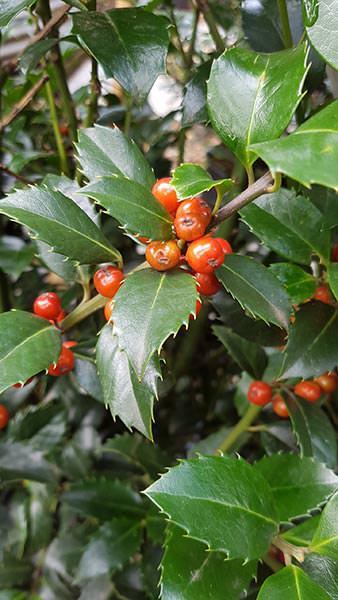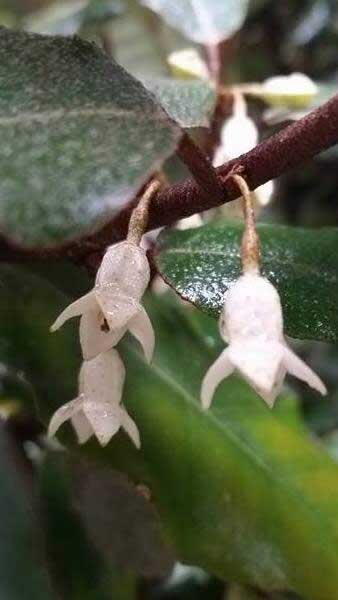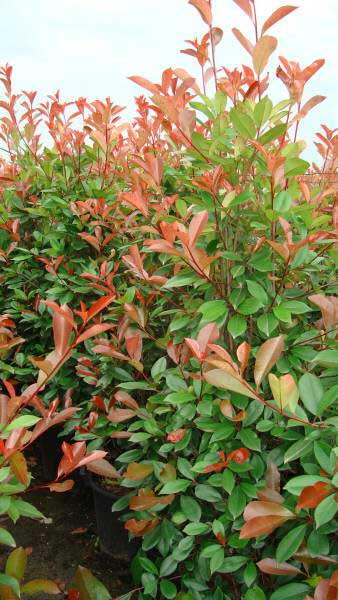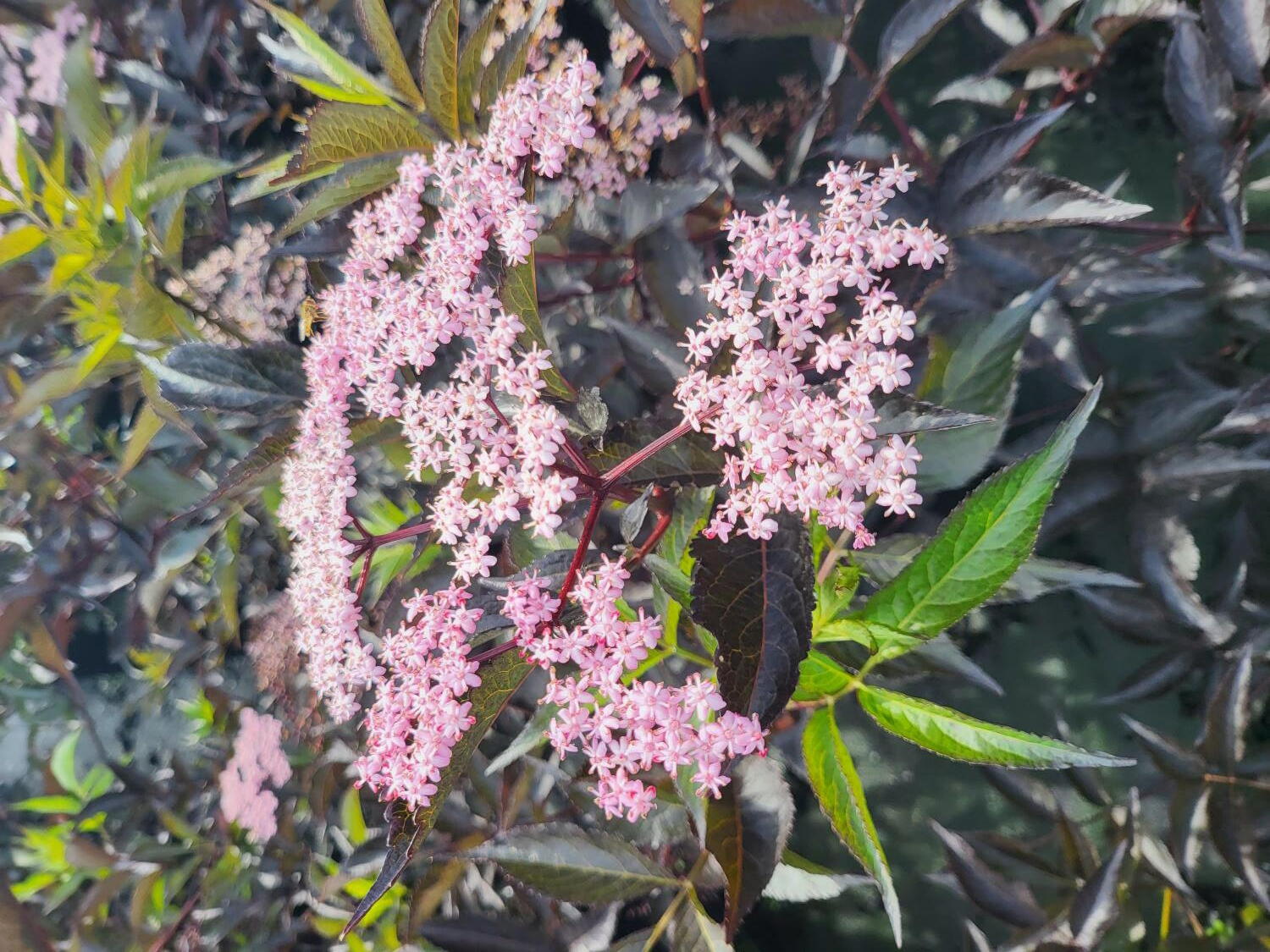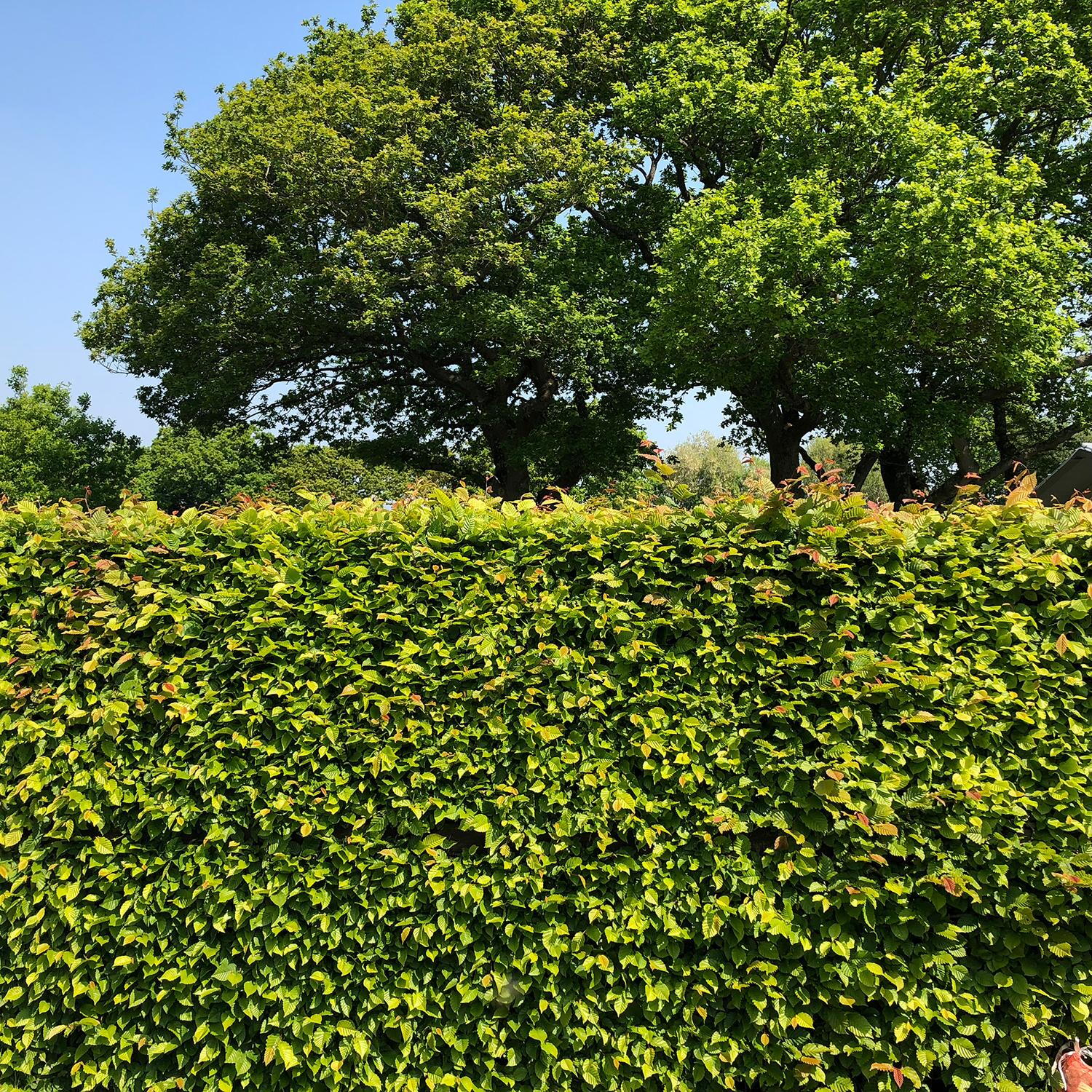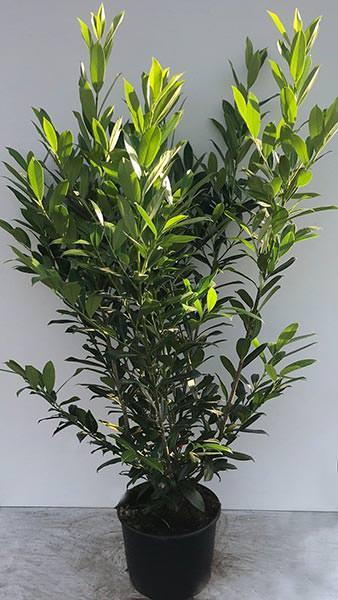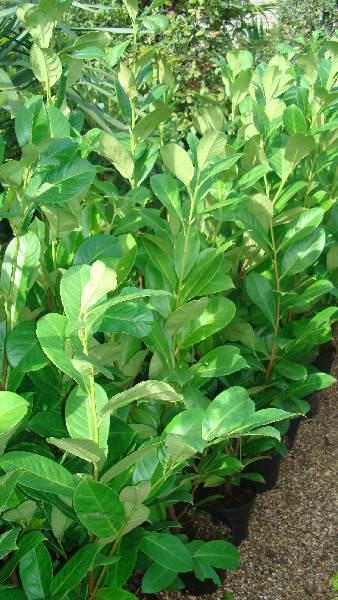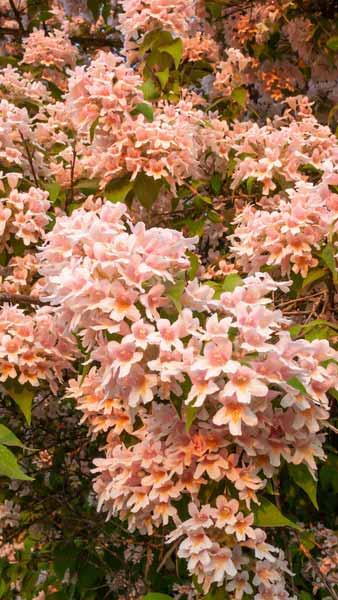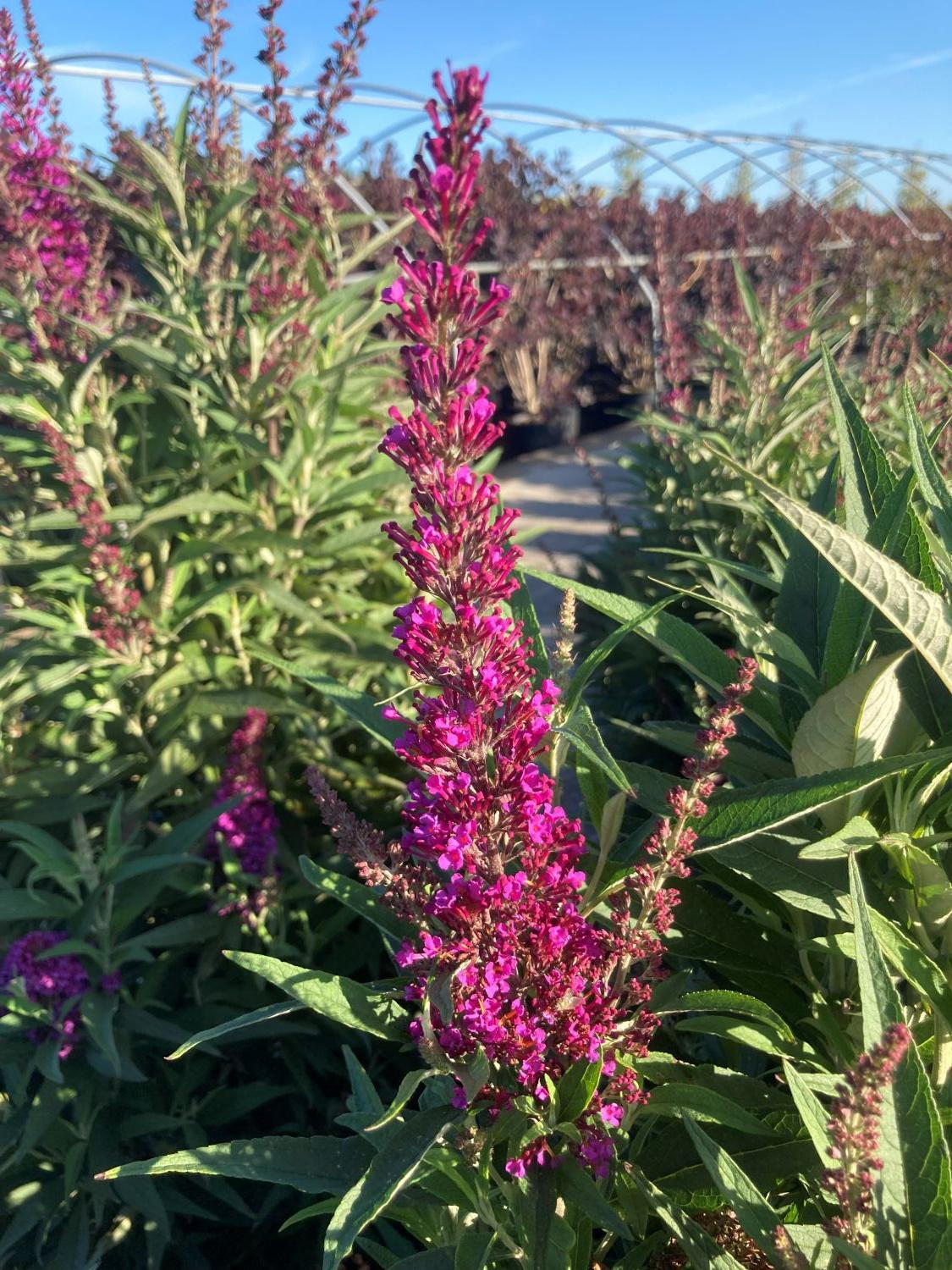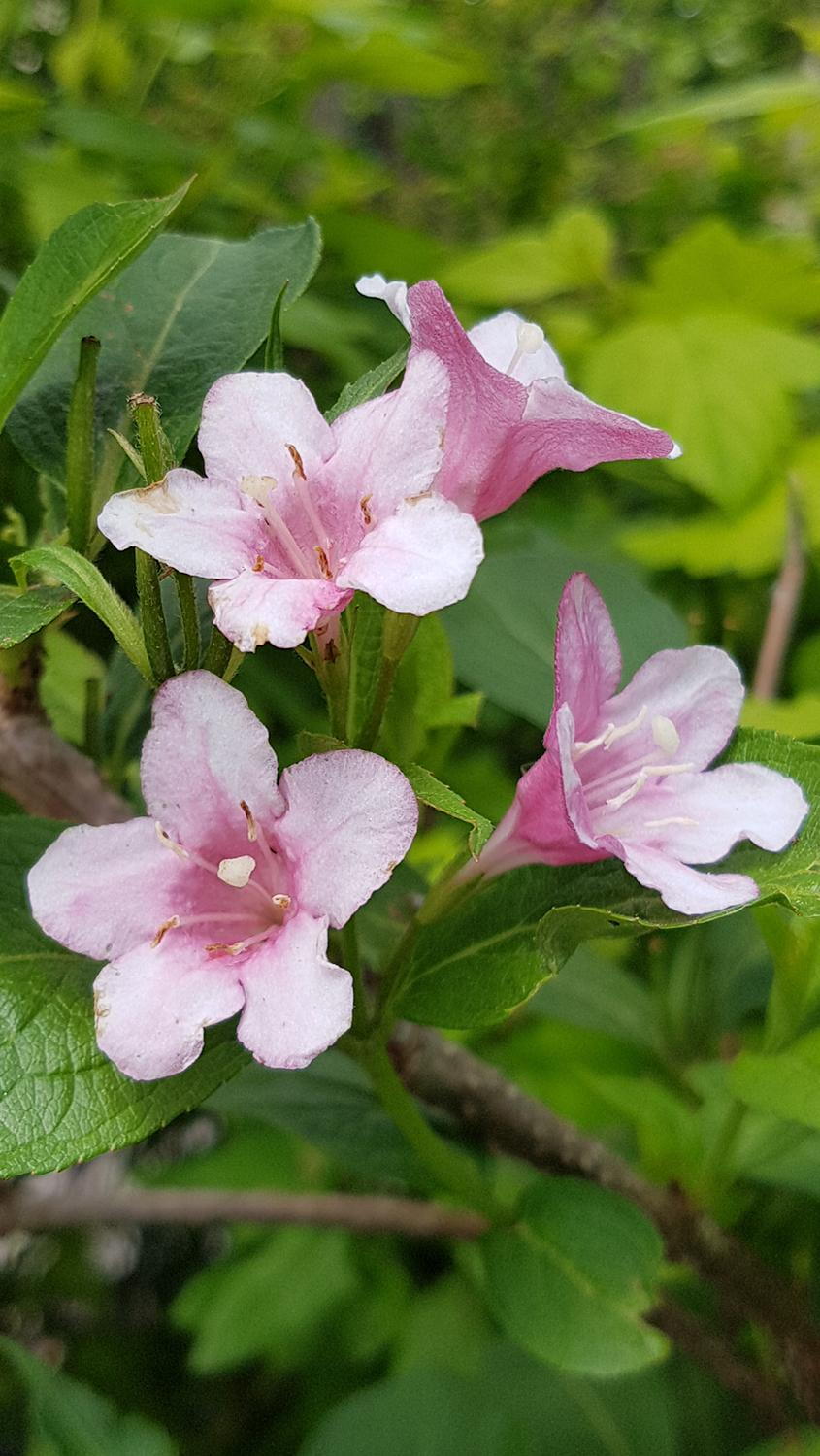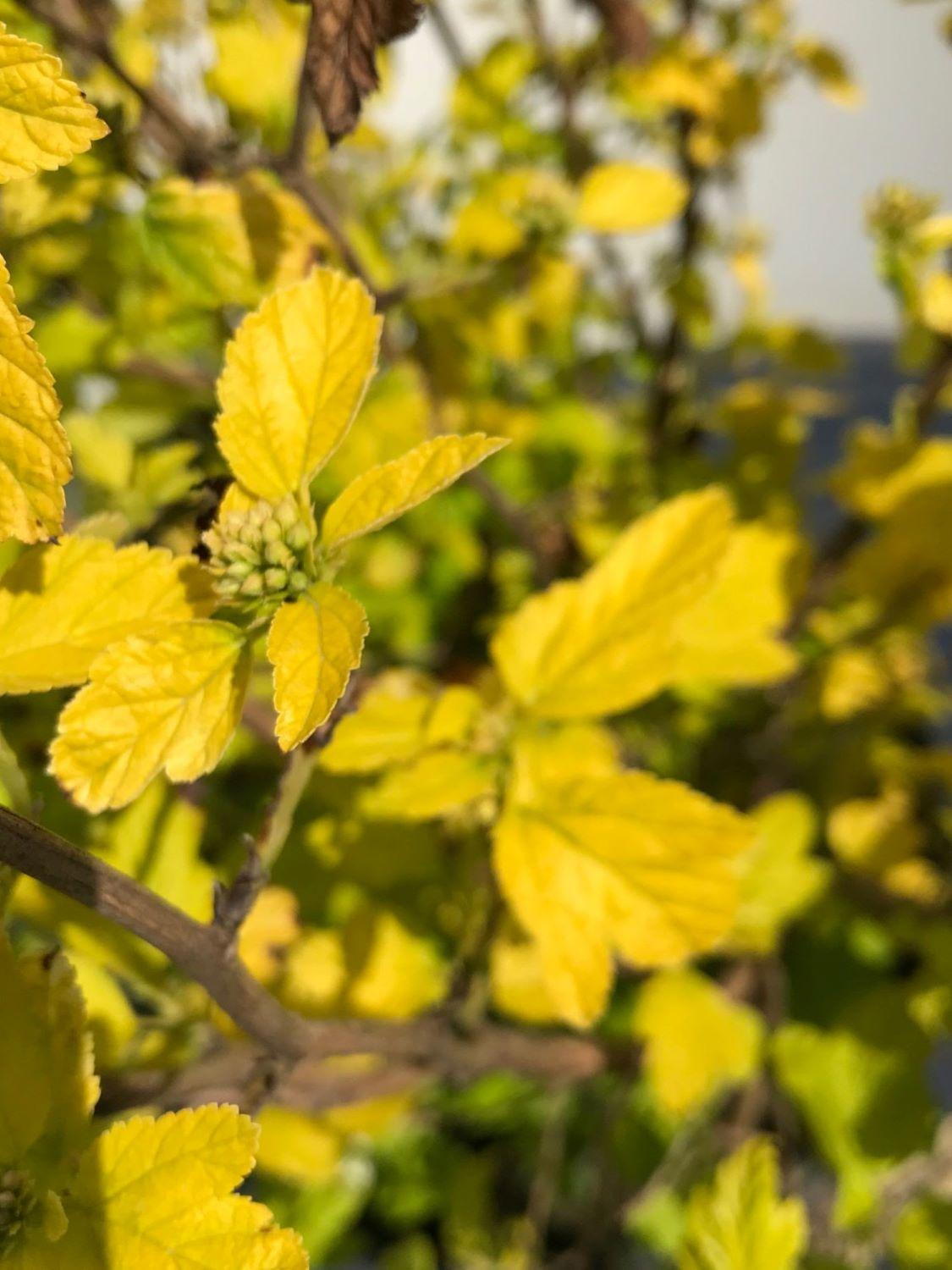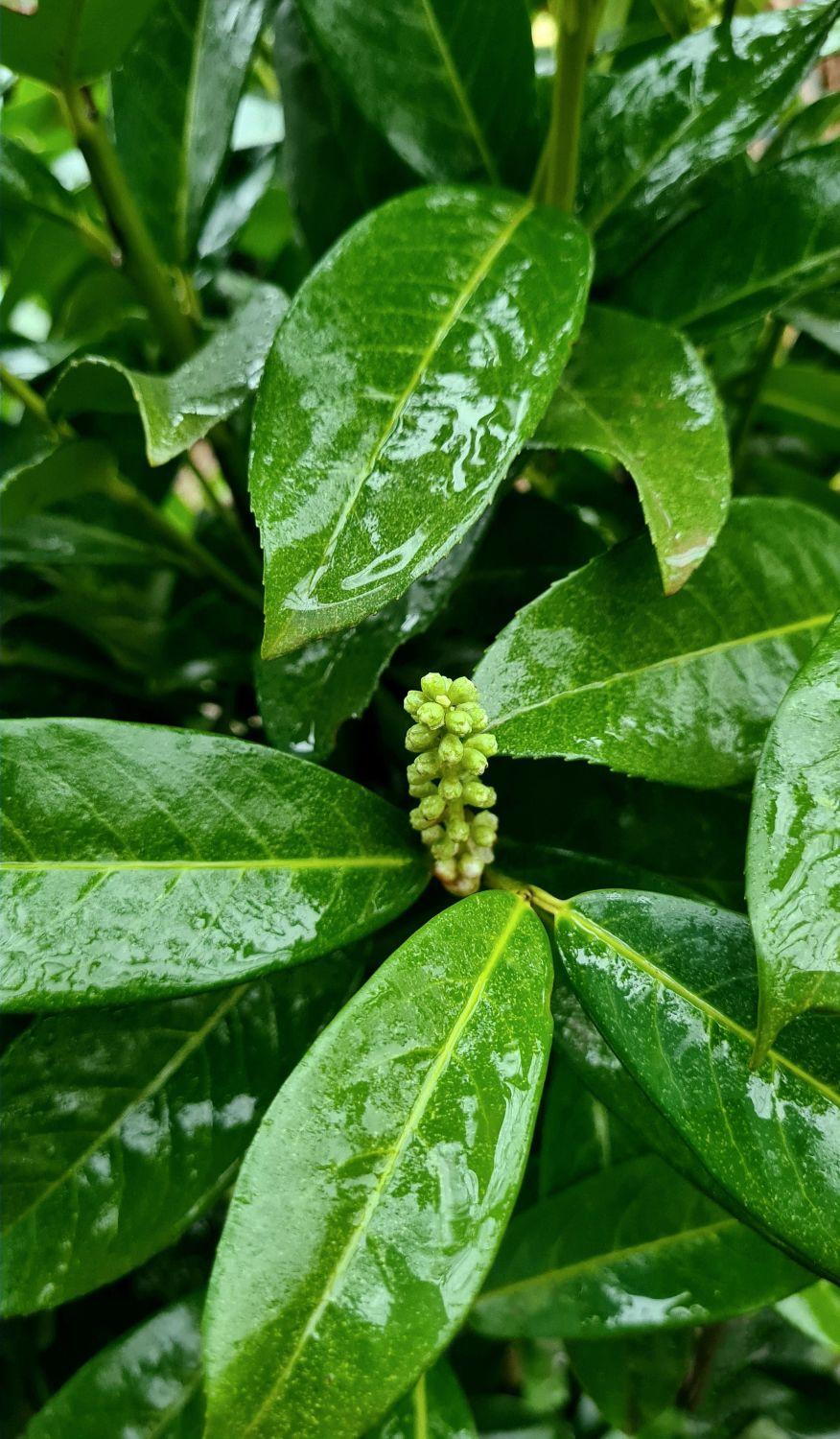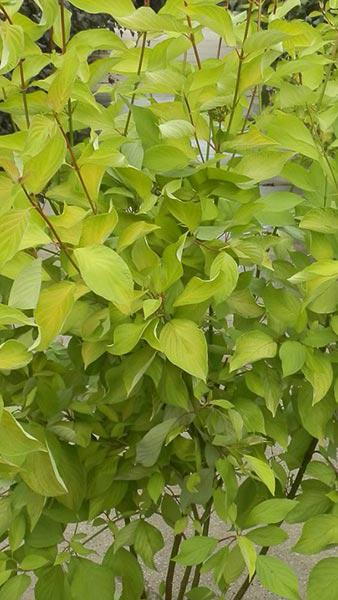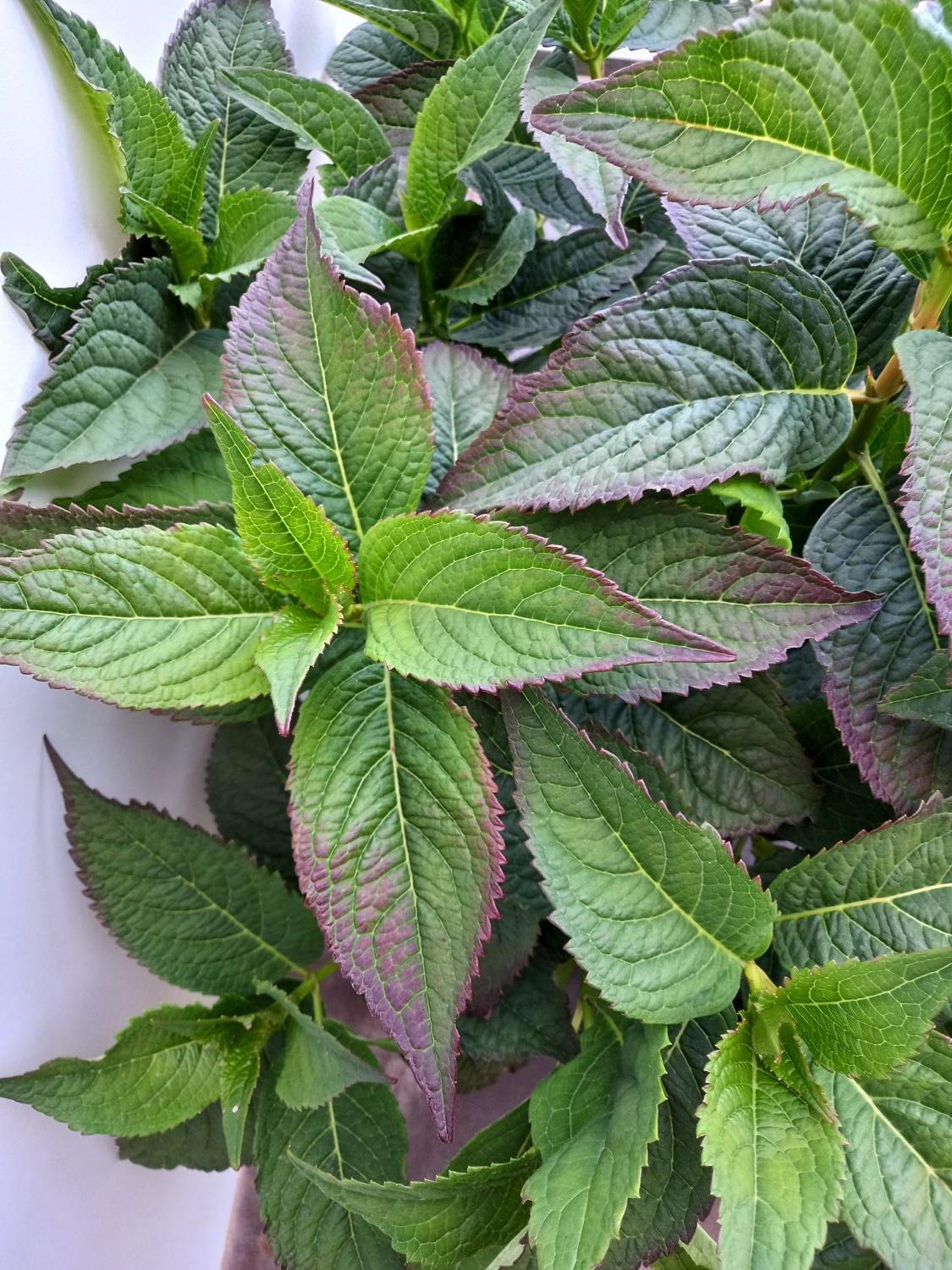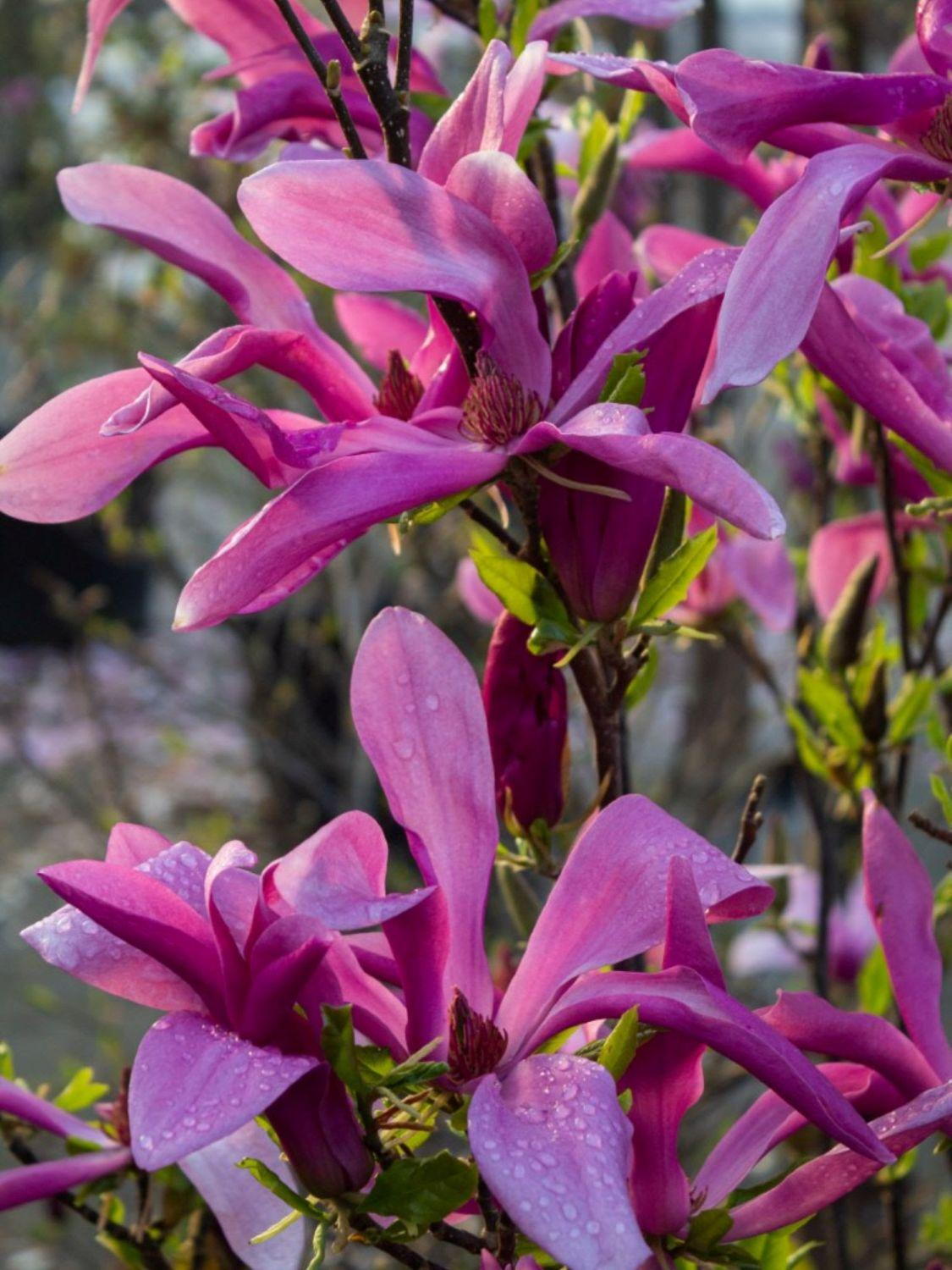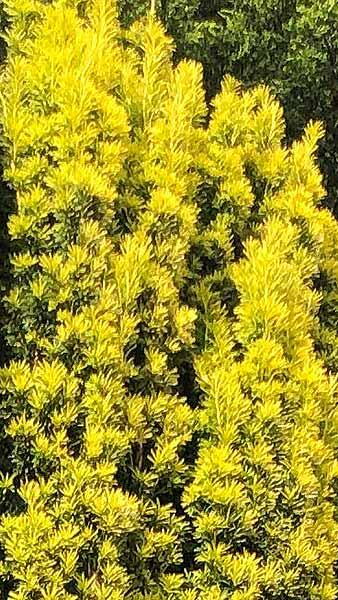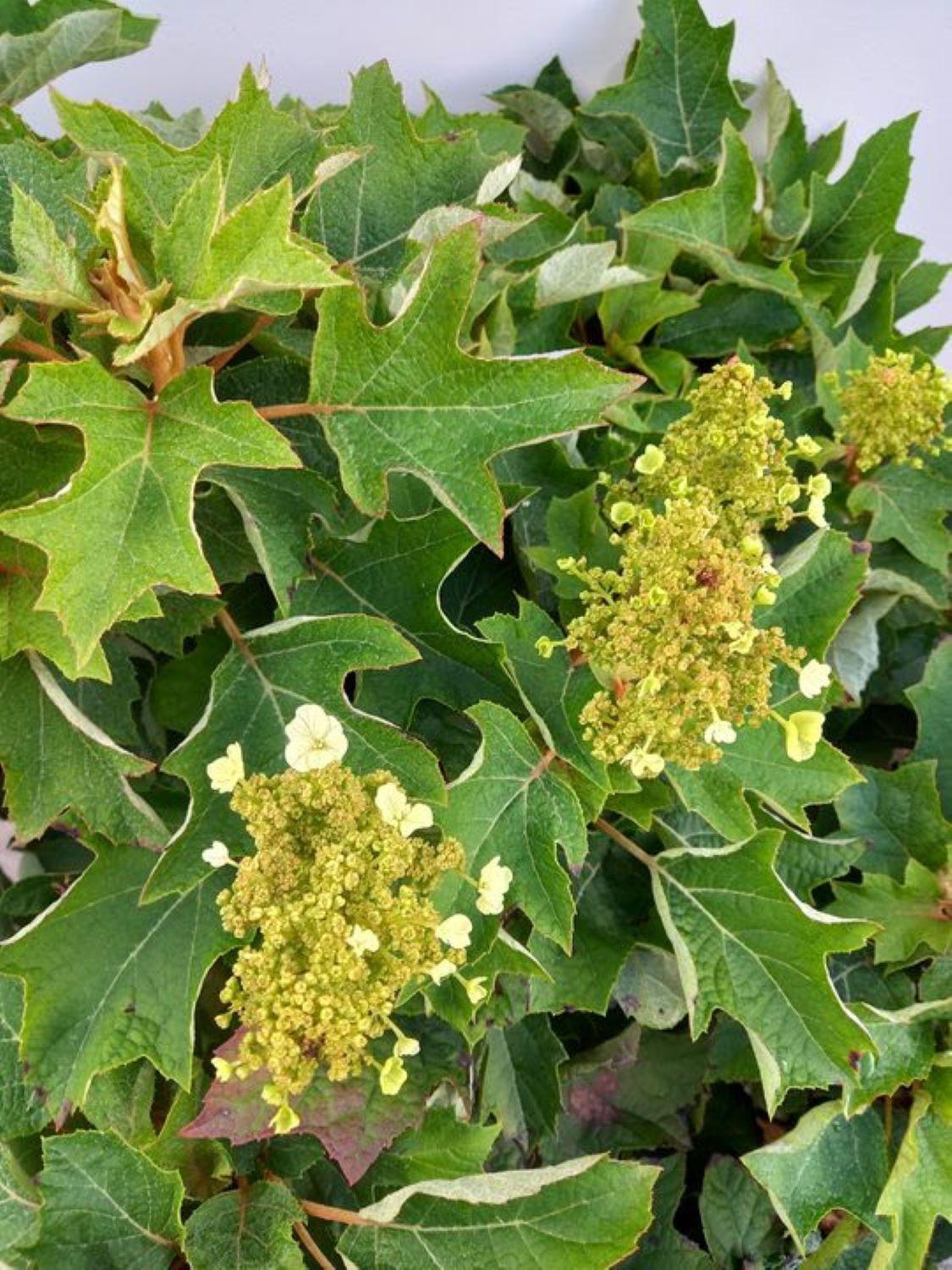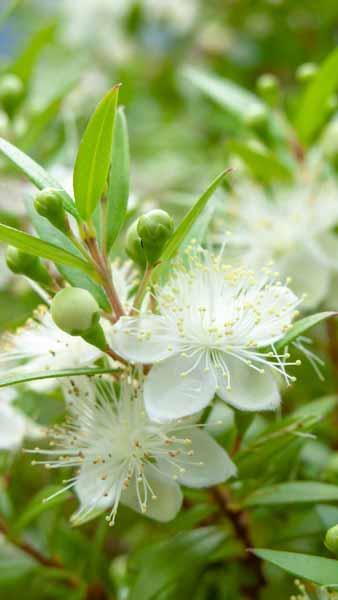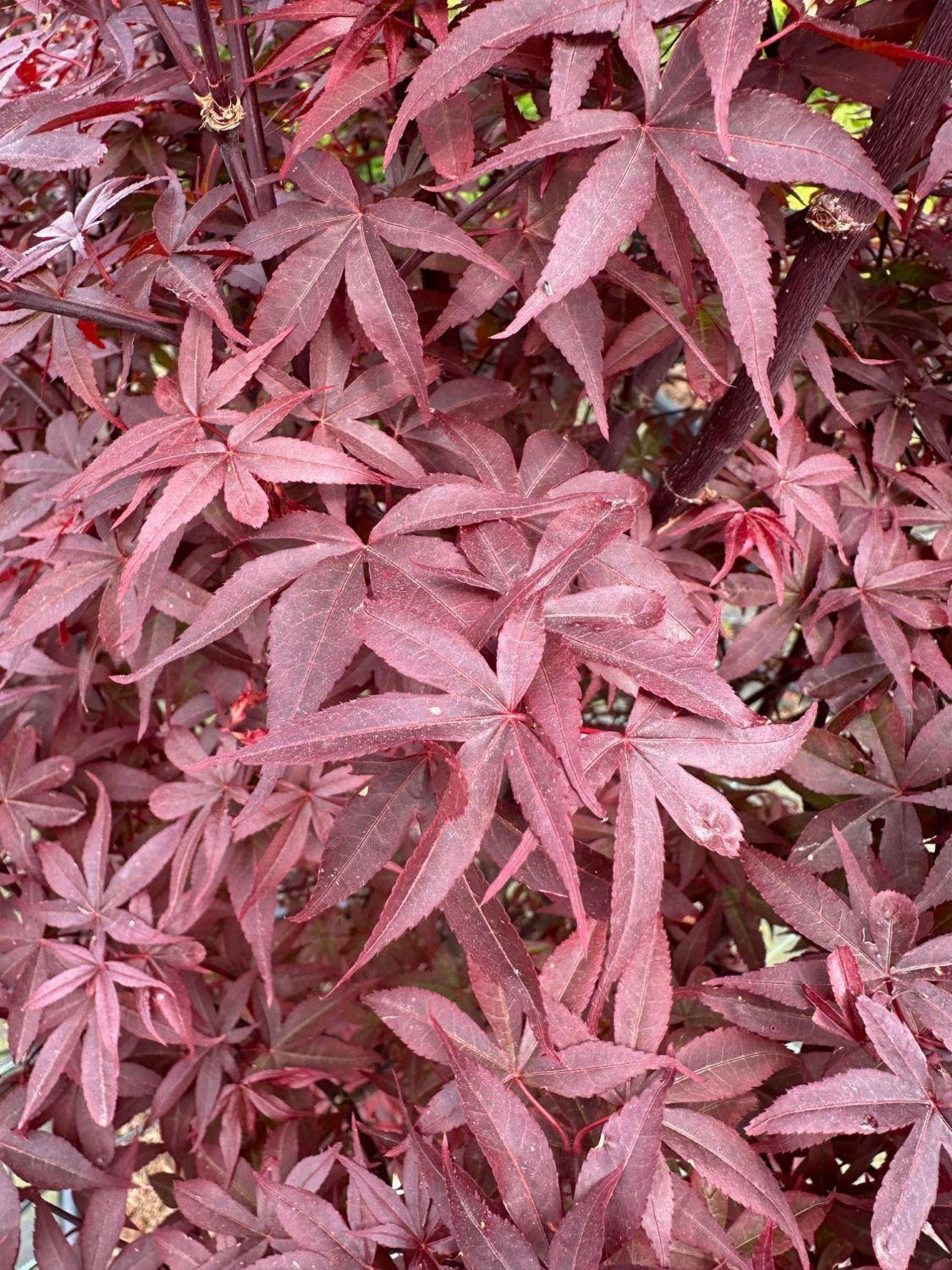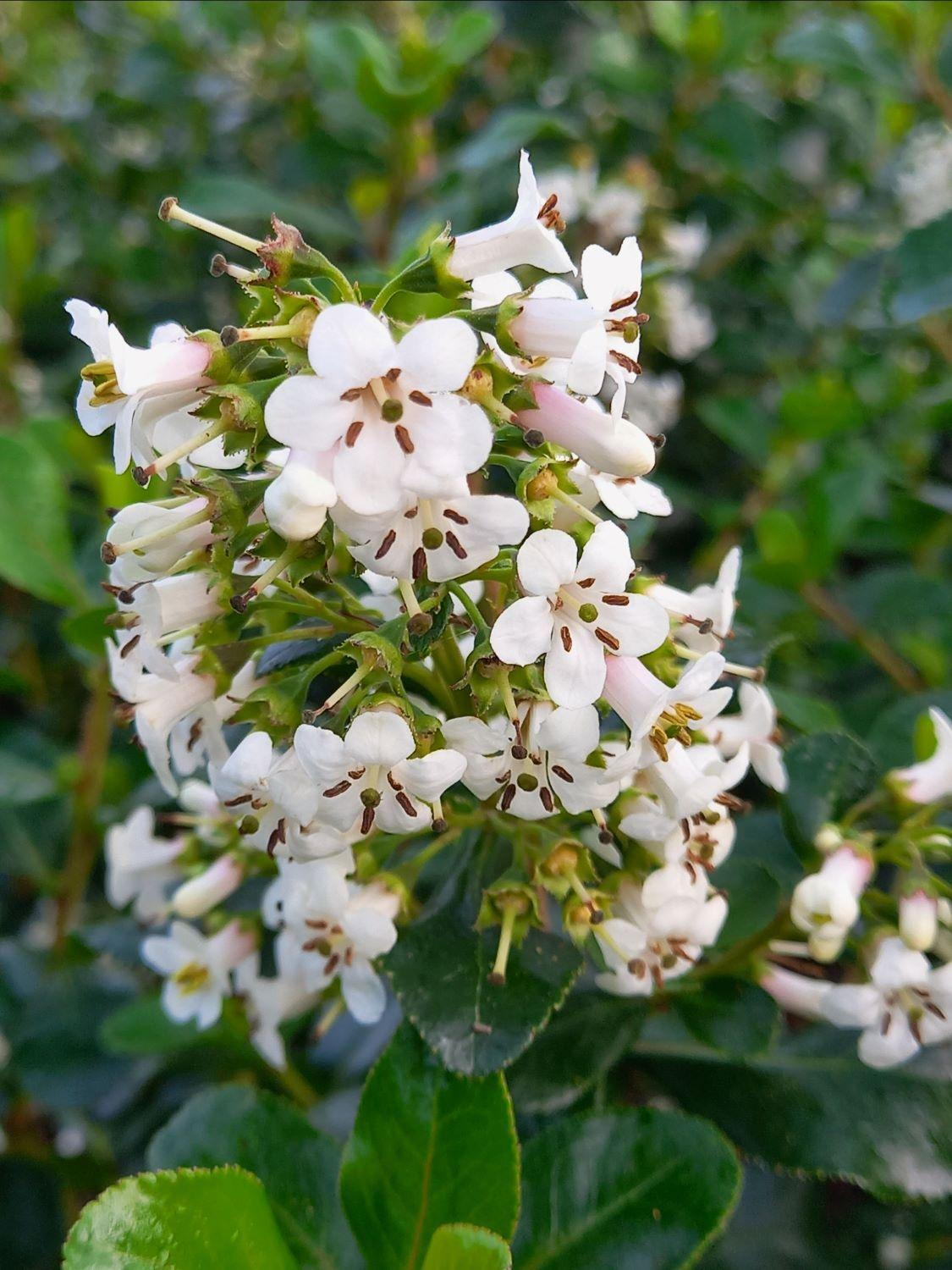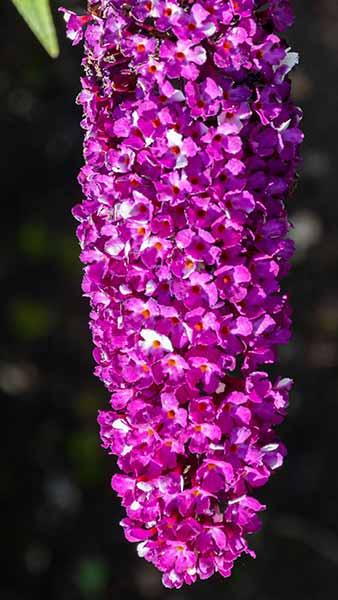Photinia Fraseri Pink Marble for Hedging Photinia Hedging
Photinia Fraseri Pink Marble for Hedging Photinia is one of our most attractive, popular and versatile evergreens, and the Photinia Fraseri Pink Marble is a particularly coveted variety for hedging. With its colourful, variegated marbled foliage and bushy, dense growth habit, it is hardly surprising. We also sell this eye-catching Photinia variety in pleached tree form and shaped like a standard tree.Offering year-round interest, Photinia Pink Marble Hedging will add drama and vivid colours to the landscape, even during months where there is little beauty to be seen in the garden. The most distinct quality of this evergreen is its unusual variegated foliage, that has a marbled effect and displays three different colours in one single leaf. In spring the young leaves emerge in most vivid hues of red and pink, and the glossy green with creamy margins develops as the season's progress, but all the while keeping a pinkish sheen. The multi-colored foliage turns to reddish bronze shades in the autumn and a deep burgundy during the winter. Pink Marble produces small, white, scented spring flowers followed by red berries in autumn.Height and Spread Photinia Fraseri Pink Marble for HedgingPhotinia Hedging is suitable for small and large gardens alike. If left unchecked, Photinia Fraseri Pink Marble Hedge can grow to be 2.5 to 4 metres high, but with routine trimming, its size is easily controlled.How Hardy Is Photinia Fraseri Pink Marble HedgeFully hardy in the United Kingdom, even during severe winters. Photinia Fraseri Pink Marble won the Award of Garden Merit by Royal Horticultural Society, a sure sign of its outstanding performance in the garden.How To Use Photinia Fraseri Pink Marble HedgeDue to its fast growth rate, dense evergreen foliage, and attractive appearance, Photinia Pink Marble Hedging is one of the most popular choices. Photinia Pink Marble Hedging has an added advantage, however: in addition to having all the remarkable qualities of Photinias, this marvelous cultivar has truly unique foliage. The combination of various colours, as well as the marbled effect of the leaves, ensure that your hedge looks absolutely breathtaking throughout the year.How To Care For Photinia Fraseri Pink Marble HedgeUndemanding, Photinia Fraseri Pink Marble will adapt to any fertile, humus-rich soil in full sun or dappled shade. However, to ensure the lovely colours of the foliage stay vivid throughout the seasons, it is best to choose a sunny spot in the garden. Like all Photinia, this vigorous variety responds well to pruning and shaping. Routinely trim and remove dead or damaged growth to keep the hedge healthy and neat.This Photinia variety is ideally suited for evergreen hedging because of its dense, bushy growth habit and one of a kind multicoloured foliage. In case you are interested in other plants suitable for screening, make sure to take a look at our collection of evergreen screening plants.
